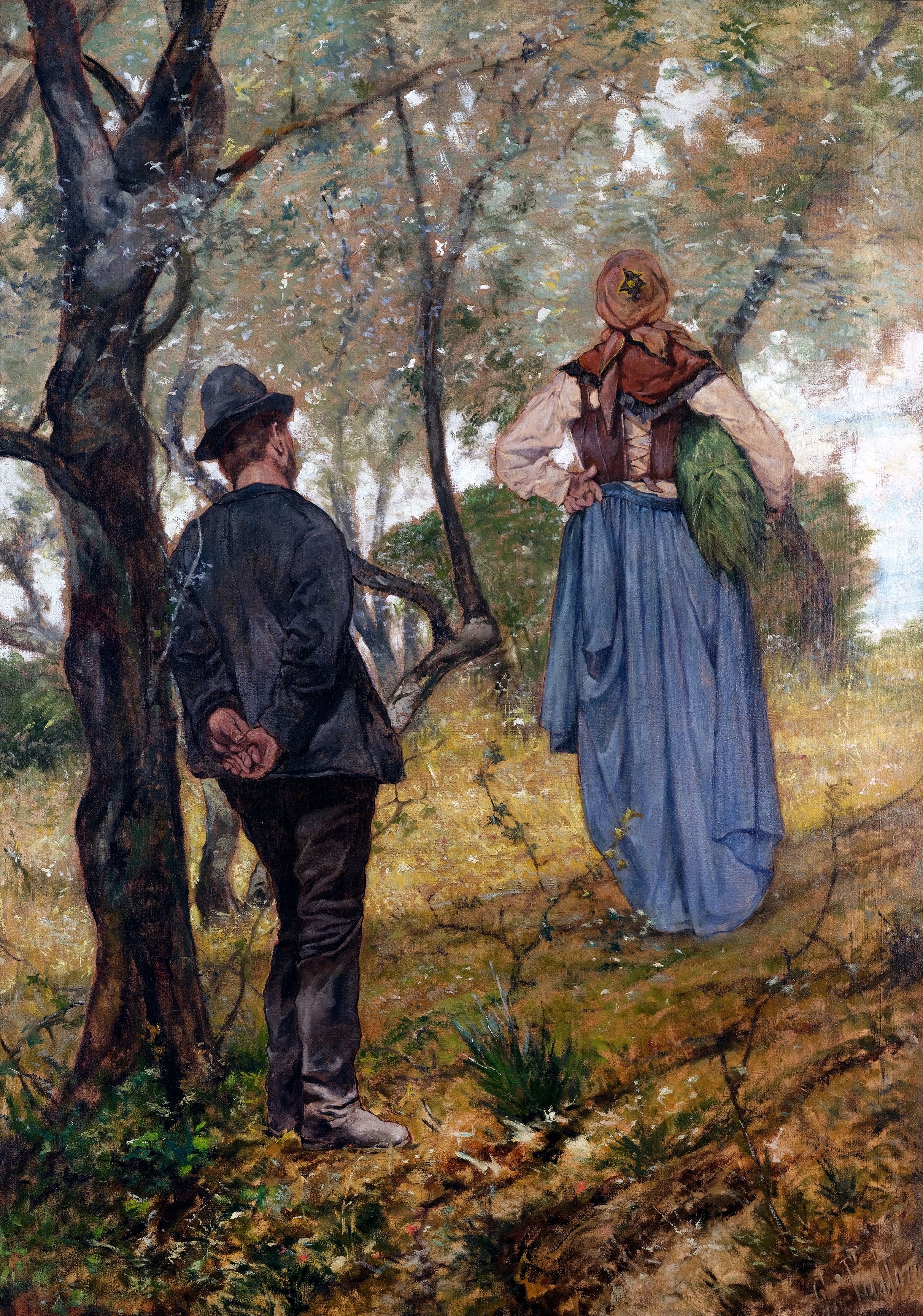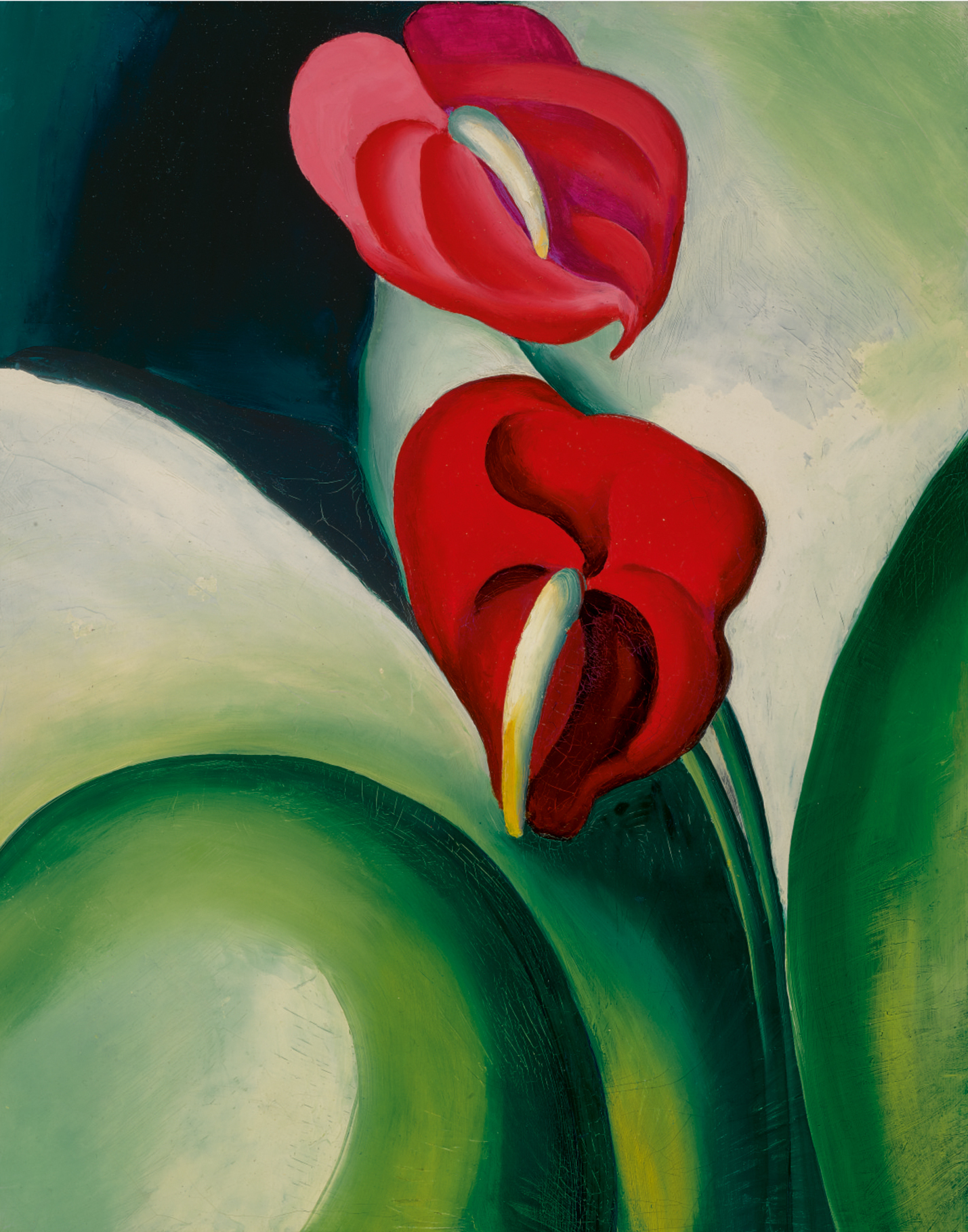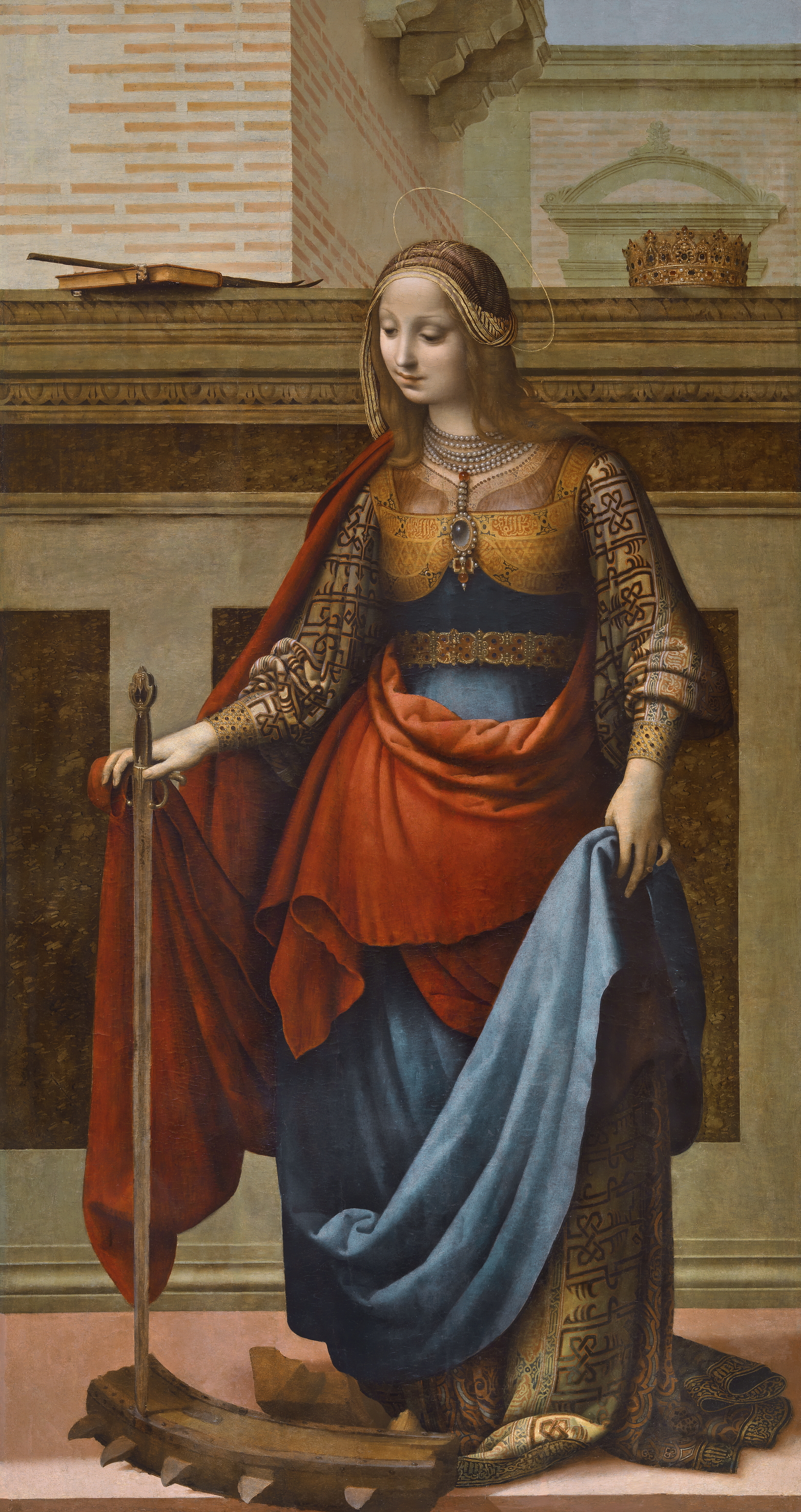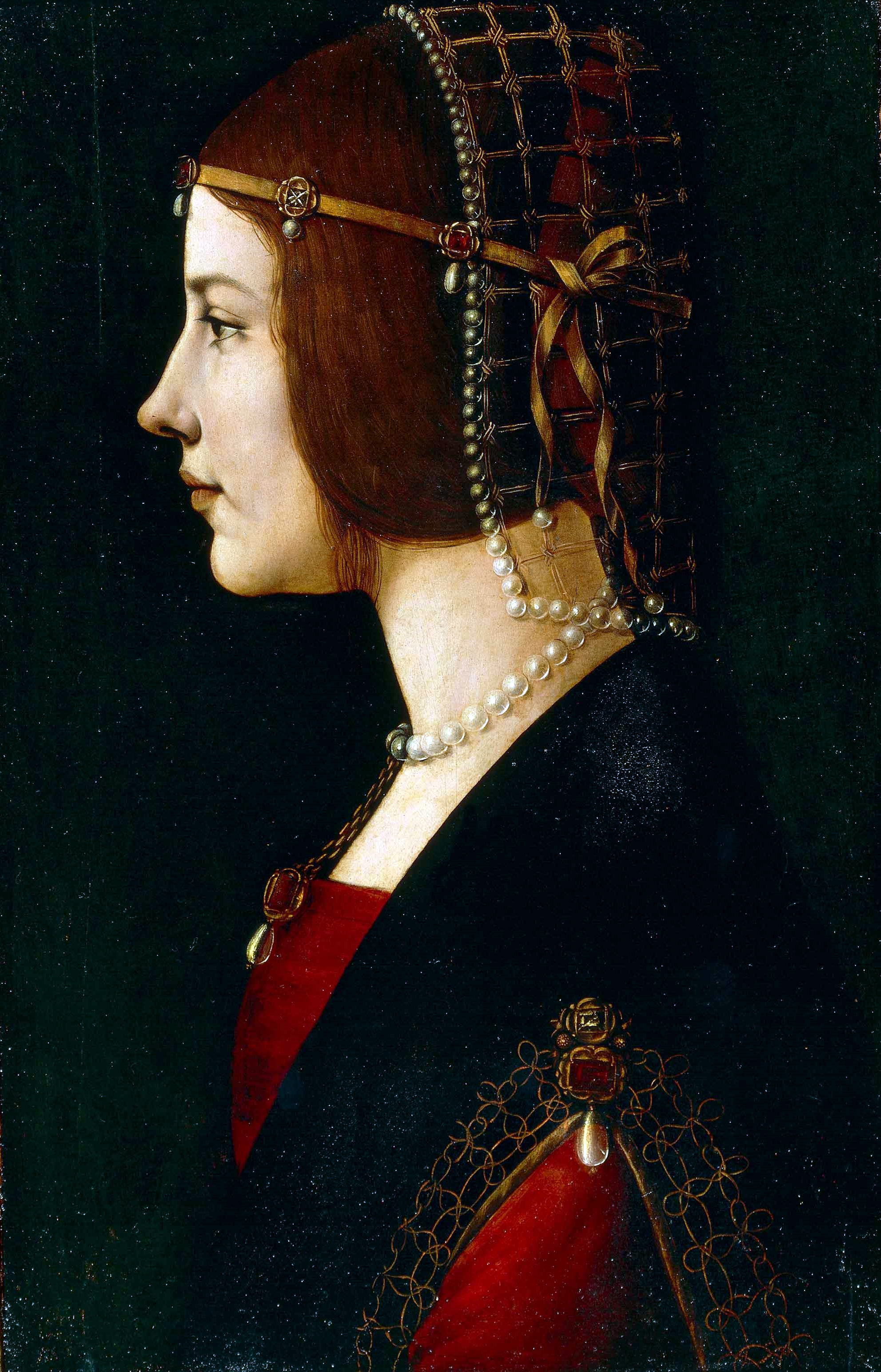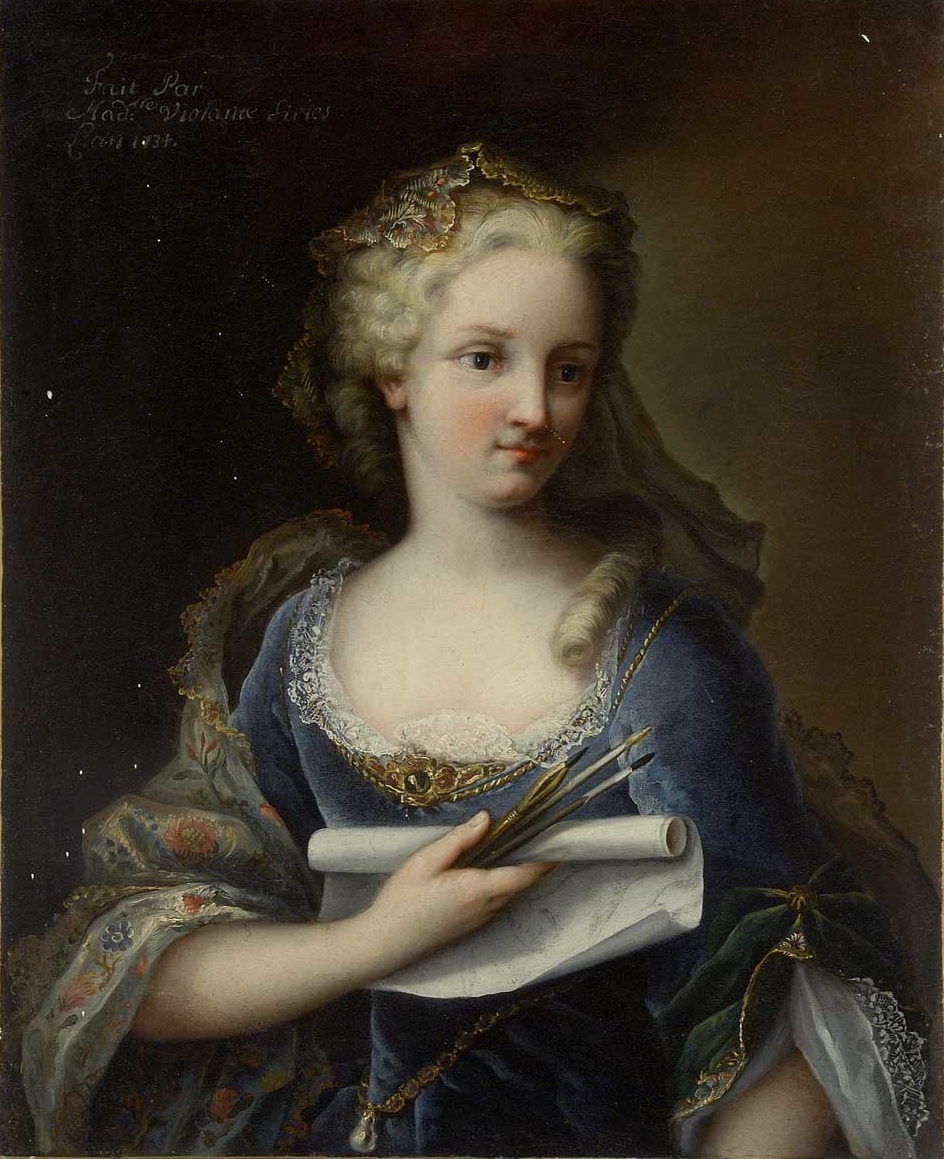Giovanni Fattori viene considerato, insieme a Silvestro Lega ed a Telemaco Signorini, tra i maggiori esponenti del Movimento dei Macchiaioli.
Caso unico fra gli artisti più conosciuti, tutta la sua produzione pittorica nota è posteriore ai suoi quaranta anni.
Fattori prese parte alle battaglie per l'Unità d'Italia, collaborando con il Partito d'Azione come 'fattorino di corrispondenza'.
Il primo lavoro di soggetto risorgimentale, Il campo italiano alla battaglia di Magenta, risale a questo periodo.

